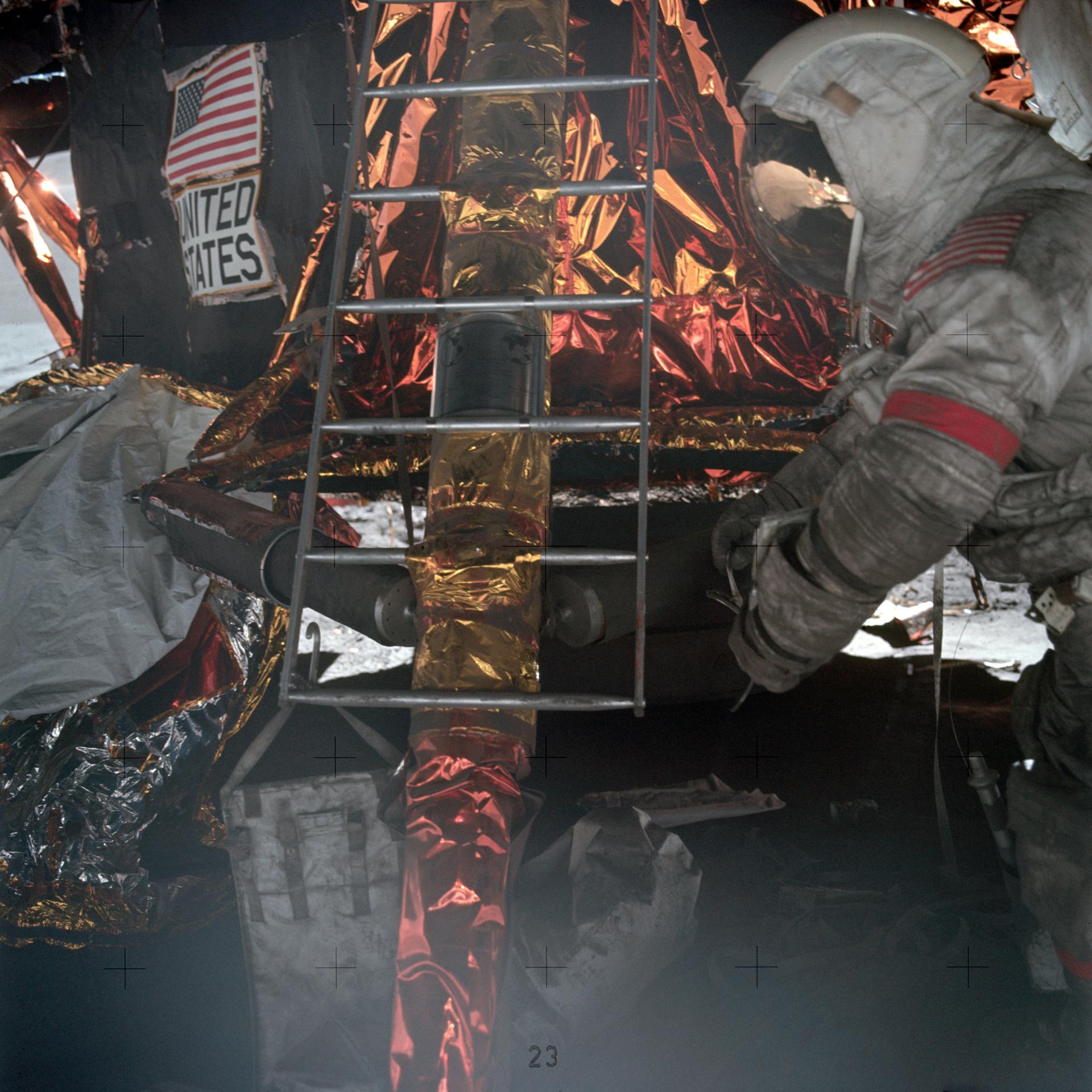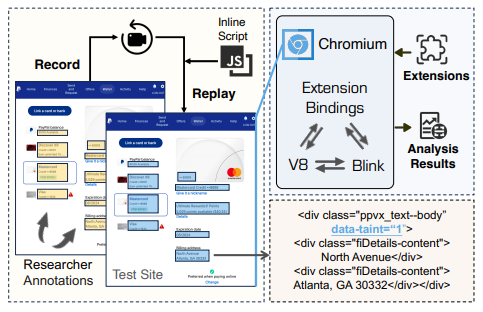2024-09-16 カリフォルニア大学バークレー校(UCB)
<関連情報>
- https://engineering.berkeley.edu/news/2024/09/new-model-sheds-light-on-how-wildfires-spread-through-communities/
- https://www.sciencedirect.com/science/article/pii/S1540748924005637
半物理的なレベルセットモデルを用いて、野生の土地と都市の境界線における火災の破壊様式を再構築する Reconstructing modes of destruction in wildland–urban interface fires using a semi-physical level-set model
Dwi M.J. Purnomo, Yiren Qin, Maria Theodori, Maryam Zamanialaei, Chris Lautenberger, Arnaud Trouvé, Michael Gollner
Proceedings of the Combustion Institute Available online: 2 September 2024
DOI:https://doi.org/10.1016/j.proci.2024.105755

Abstract
Wildland fires in the wildland–urban interface (WUI) threaten urban structures. Effective landscape management relies on predictive tools that incorporate information on structural attributes and fire incident intensity to quantify the risks. Current computational models often fall short, either focusing solely on wildland fire spread or neglecting critical fire spread pathways in the WUI, including direct flame contact (DFC), radiation, and firebrands. To address this gap, we conducted a computational study to investigate WUI fire spread, encompassing both urban and wildland landscapes while accounting for all three primary fire spread pathways. We developed a two-dimensional landscape-scale model for urban fire spread and integrated it with an operational model for wildland fires, employing semi-physical level set approaches in both cases. We used the model to simulate the Tubbs and Thomas Fires, historical WUI fires in the United States. Our model’s predictions achieved an accuracy exceeding 85% for fire perimeters and around 70% for the damaged houses, with over 30% of the houses ignited by firebrands. For the first time, our model spatially quantified the fire intensity of the events in terms of incident heat flux maps. In the Tubbs Fire, this ranged from 30 to 50 kW/m2 (DFC) and 5 to 25 kW/m2 (radiation), while it is 80 to 130 kW/m2 (DFC) and 10 to 40 kW/m2 (radiation) in the Thomas Fire. These values closely align with large-scale experiments on structure-to-structure fire spread. Despite limitations in the model, such as the nonuniformity of structural properties, our findings underscore its potential to provide a range of outputs for various applications. The model addresses a critical need for integrating wildland and urban fire spread processes and offers insight into primary mechanisms for fire spread. This work provides promising tools for simulating WUI fires and can aid in the development of strategies to mitigate them.



